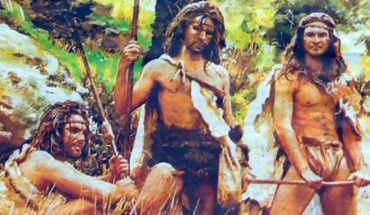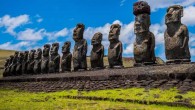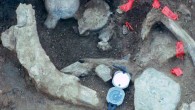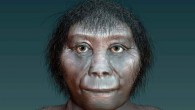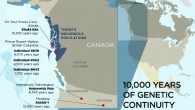The aboriginal inhabitants of the Canary Islands, commonly known as Guanches, were genetically most similar to modern North African Berbers, according to an ancient-DNA sequencing study published this week in the journal Current Biology. Guanches. Image credit: Gran Enciclopedia Virtual de las Islas Canarias. When and how the Guanches arrived to the Canary Islands have remained poorly understood, not least since they lacked boats and the knowledge...

